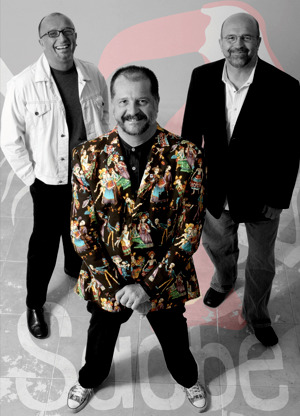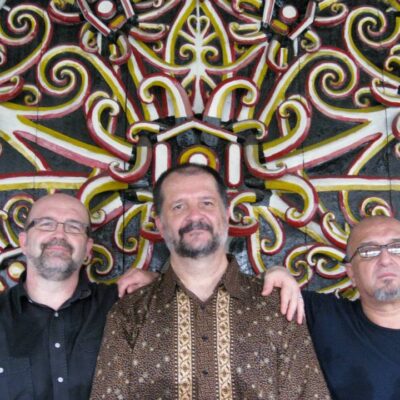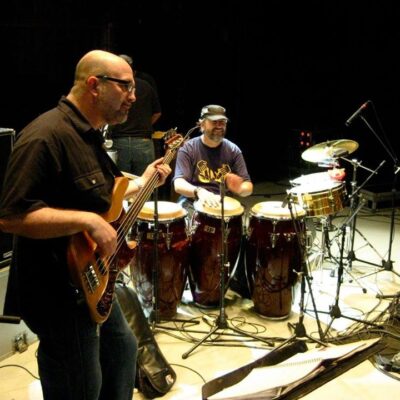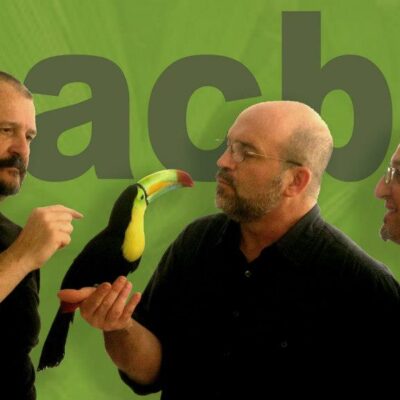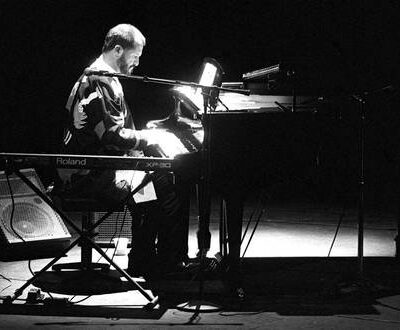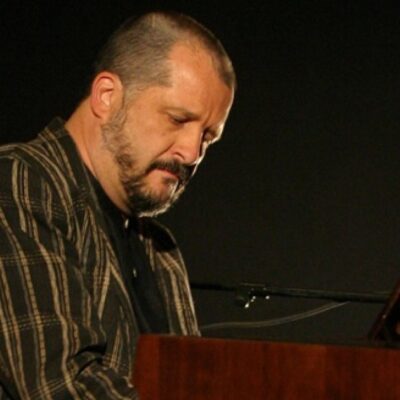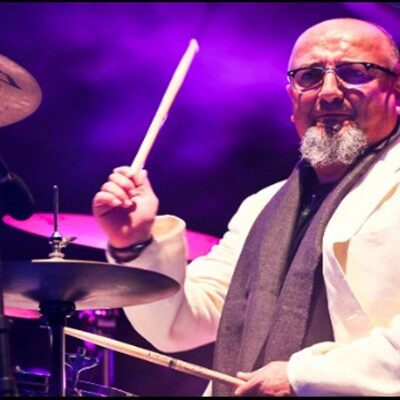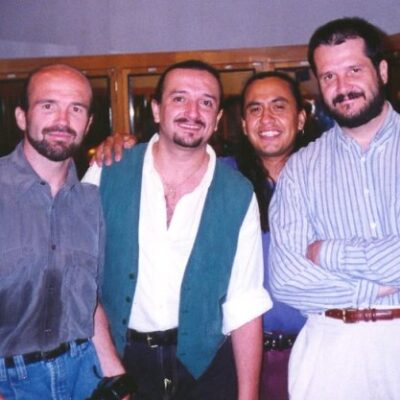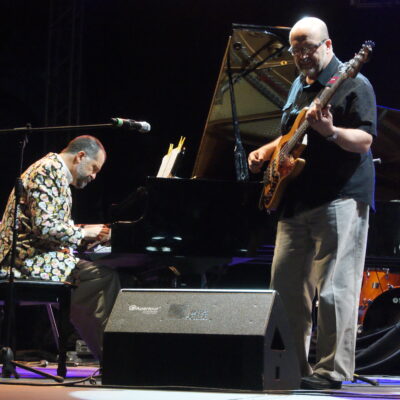SACBÉ – EN
| V Cancún Jazz Festival | MÉXICO, CANCÚN Mayo/1995 |
Sacbé
Brothers Eugenio, Enrique and Fernando Toussaint along with saxophonist Alejandro Campos formed the band Sacbé in October 1976. The original idea was the creation of a musical project that could represent what was done at the time in jazz, with an original, Latin-American identity that could reflect an important and fresh Mexican musical movement.
The band started working at a local café south of Mexico City, which in a short time became a gathering place for young artists looking for new means of expression and creation. Possibly one of the major accomplishments of the band, was the creation of their own record label, which was unseen in Mexico at the time, with the exception of a couple of companies dedicated to folk Latin-American music.
In its 20 years of musical history, the band recorded six albums, with different formations, particularly on the melodic voice, which changed three times, through the years; another one was recorded on the XXX Anniversary of the band. The albums were: Sacbé (1977); Selva tucanera (1978); Street Corner (1982); Aztlán (1983); Dos mundos (1986); The Painters (1996); Todo Sacbé (2006).
Eugenio Toussaint
Uhthoff was born in México City on October 9, 1954. A self-taught musician, he started his performing career in 1972 as a pianist with the jazz band Odradek.
In 1974 he studied privately with Jorge Perez Herrera (contemporary harmony) and Nestor Castaneda (piano technique).
In 1975 he was part of the jazz band Blue Note, founded by Méxican bassist Roberto Aymes with whom he traveled all over México and recorded his first compositions in an album with the same name (Blue Note).
At the end of 1976 he founded Sacbé, one of the most important and influential bands in the history of Méxican jazz. Within the next two years the first Sacbé albums, Sacbé and Selva Tucanera were recorded and distributed independently in México and the United States.
Along with brothers Enrique and Fernando Toussaint, Eugenio moved to the United States and formed a new version of Sacbé in Minneapolis.
In 1980, owing to a scholarship from the Méxican government, he moved to Los Angeles, California, to study at the Dick Grove Music School, where he met reedman Jan Crosse, with whom a new version of Sacbé was formed. This group was signed by the local Discovery/Trend label, and the next three records, namely Street Corner, Aztlan and Dos Mundos were made and distributed internationally. These albums received an excellent response from radio stations, where they were placed first in their airplay lists.
